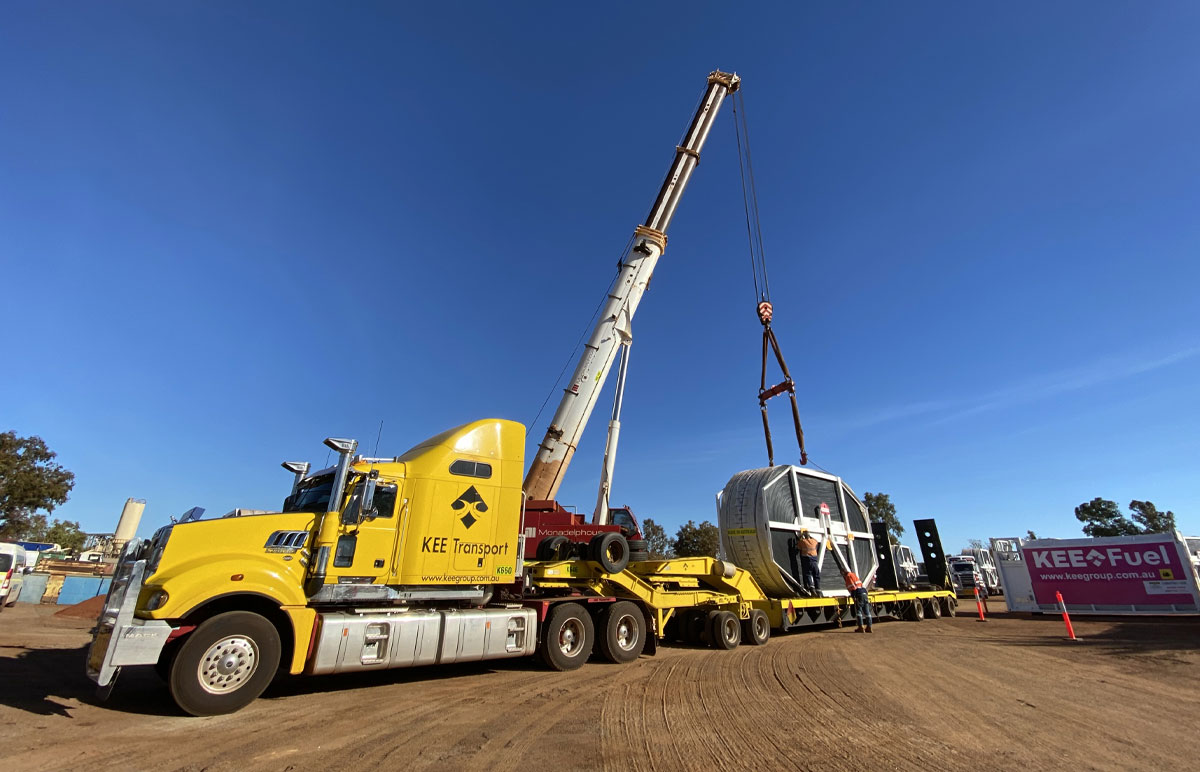
Is Modular Construction the Future?
A common construction practice today is to build something to last. There’s a drawback with this emphasis on longevity or permanence. Permanent constructions often end up creating huge volumes of trash due to destruction or abandonment in our ever-changing environment. In fact, it is predicted that worldwide building waste will reach more than two billion tonnes per year by 2025.
As a result, modular construction, a sustainable building style that goes back to the 1800s, is regaining popularity. It offers a more sustainable, practical and flexible way to live, especially in this highly mobile world we live in.
What Is Modular Construction and How Does It Work?
Modular construction provides an economical and sustainable way to construct for both big and small projects. It is a newer technique of creating structures and might be challenging to finance due to the limited customisability of modules and the need for storage and transport.
But since it is becoming more prevalent, all these setbacks are not as big as a challenge today. The modular construction method is comparable to building LEGO kits. Several prefabricated buildings are delivered and assembled on-site and stacked end-to-end or one on top of the other. To create a single structure.
Due to its ease of disassembly and reuse, modular construction may lead to exponential increasing proficiency in the building industry. This idea isn’t new, but new technologies, economic forces, and shifting mindsets are reviving it.
While modular construction has certain drawbacks, it is gaining popularity because of its many benefits. We’re going to go through the most important ones below:
1/ Eco-Friendly and Sustainable
Modular construction saves resources and energy and enables the recycling of modules, reducing waste production. Because most work is done off-site, the impact on the site environment is reduced. Planning can decrease the number of vehicles and equipment needed on the job site.
Modular buildings can also be safer for employees. Indoor construction reduces the danger of accidents, environmental risks and other liabilities. Materials are also kept secure, which reduces the possibility of theft and vandalism.
2/ Adaptable and Flexible
Although modular buildings cannot be transported, modules may be removed and relocated or refurbished and reused. A new building takes less time and effort than a new one.
Modular construction is helpful for both new construction and extending or expanding existing structures. This flexibility has been shown to aid in high-rise construction and home modifications.
Module sizes may be limited due to transportation and manufacturing restrictions, restricting structural design. Modular buildings may be built indefinitely with the help of great architects and designers.
3/ More Affordable
The industrial setting of the modular building process is a more regulated environment than on a real site. Better material planning minimises material excess. It reduces storage costs and material loss due to damage or theft. Furthermore, the benefits of modular construction in terms of time savings translate into cheaper costs. You reduce labour hours and personnel expenses by building without weather limitations and doing on-site and off-site work simultaneously.
For projects in remote towns or areas experiencing a construction boom, you can potentially save money by avoiding travel expenses.
4/ Improved Quality Control
Modules are built in climate-controlled facilities utilising precise equipment and techniques, built from plans with exact material and construction requirements. As a consequence, the finished structure matches the design.
Modular buildings demand more initial maintenance than traditional ones. Considering this, each module must be strengthened to meet construction regulations. Site-built structures can be better than modular buildings if the components are stronger.
5/ Faster Construction
Modular construction allows you to manufacture modules in a factory while also doing site and foundation work. Simultaneous work can save project time in half.
Also, most of the building is done within a facility, reducing weather, theft and vandalism delays, and a faster occupancy provides a quicker return on investment.
Conclusion
Modular construction is currently thriving, and with the construction tech sector expected to surpass $1 billion by 2020, it will inevitably overtake traditional building methods.
As the construction industry faces rising challenges such as efficiency, labour shortages and environmental effect, there is a growing shift away from conventional building techniques and toward modular construction and other modern building technologies.
Numerous companies offer quicker comparable services to KEE Group, but none offer them as a whole package or with the same degree of honesty, dependability and expertise. Not only can KEE provide the machinery to assist with your construction needs, we can also transport the modules to site.
We utilise the industry’s best and brightest to deploy the highest possible quality solutions like construction hire, surfacing, transport, equipment hire and more, enabling our clients to efficiently and safely achieve their goals. Contact us today at +61864018500. We service the whole of WA and have offices in Perth, Albany and Port Hedland, Australia.
IMAGE © Katharyn Quinn 2021


